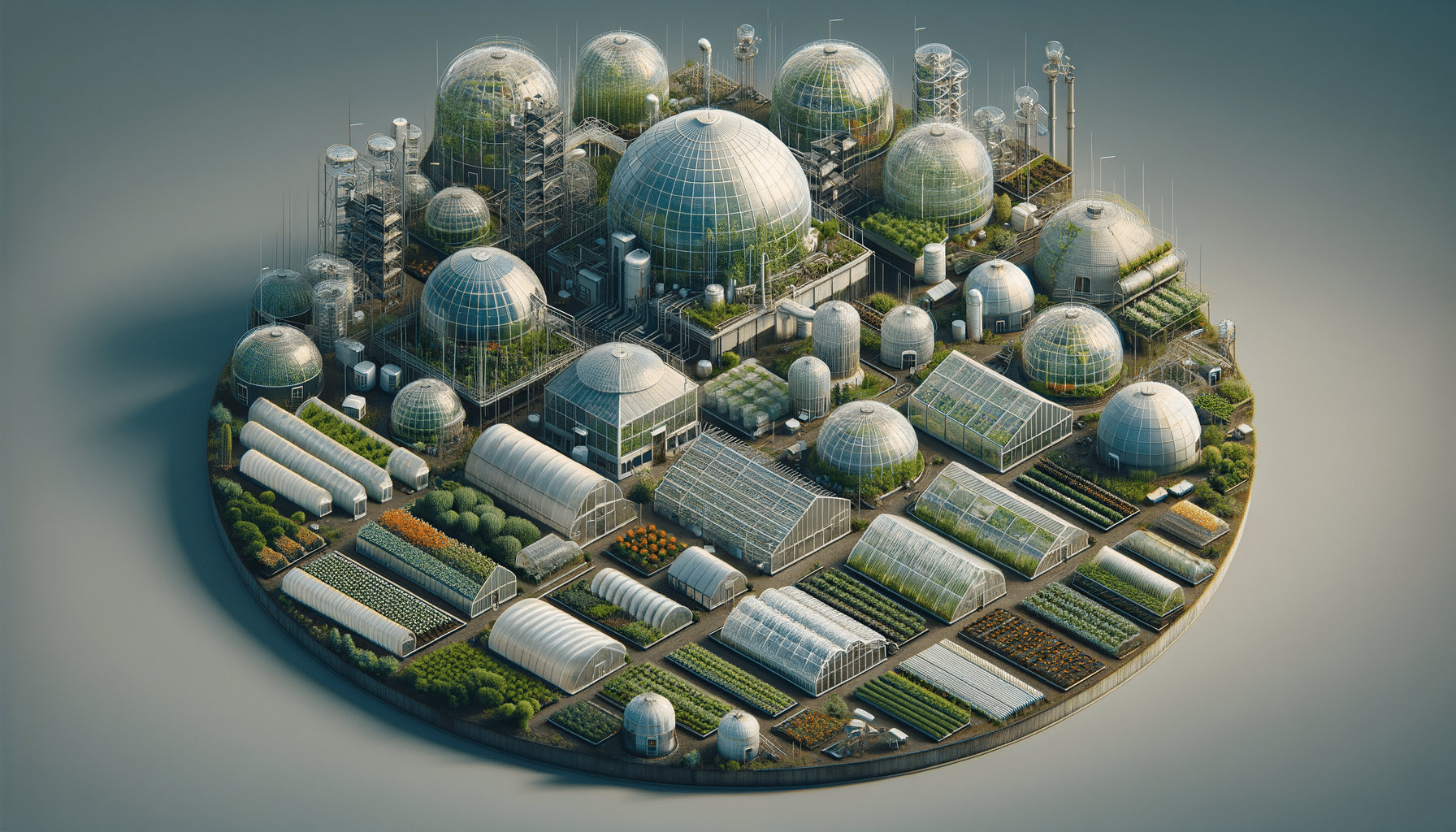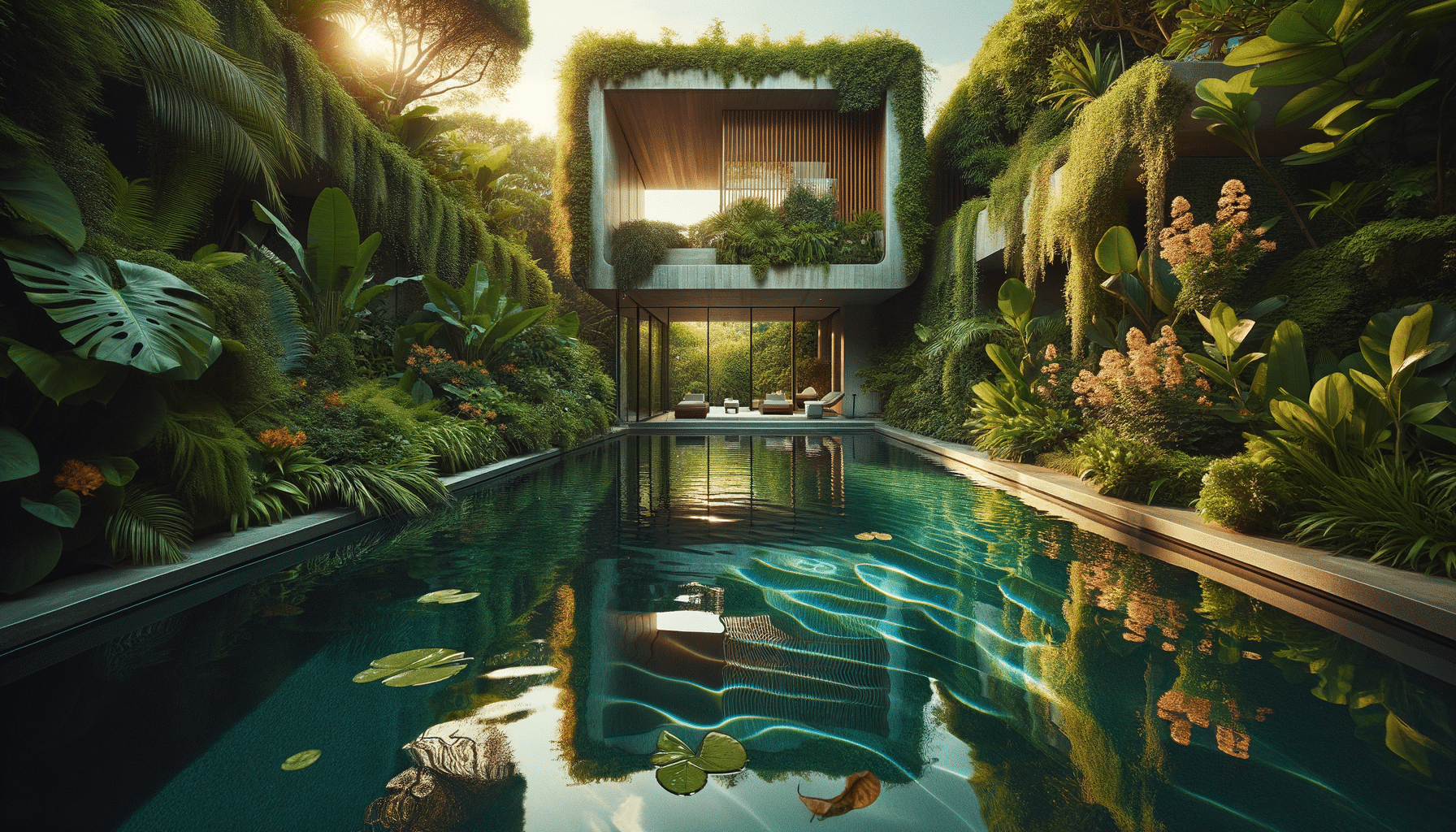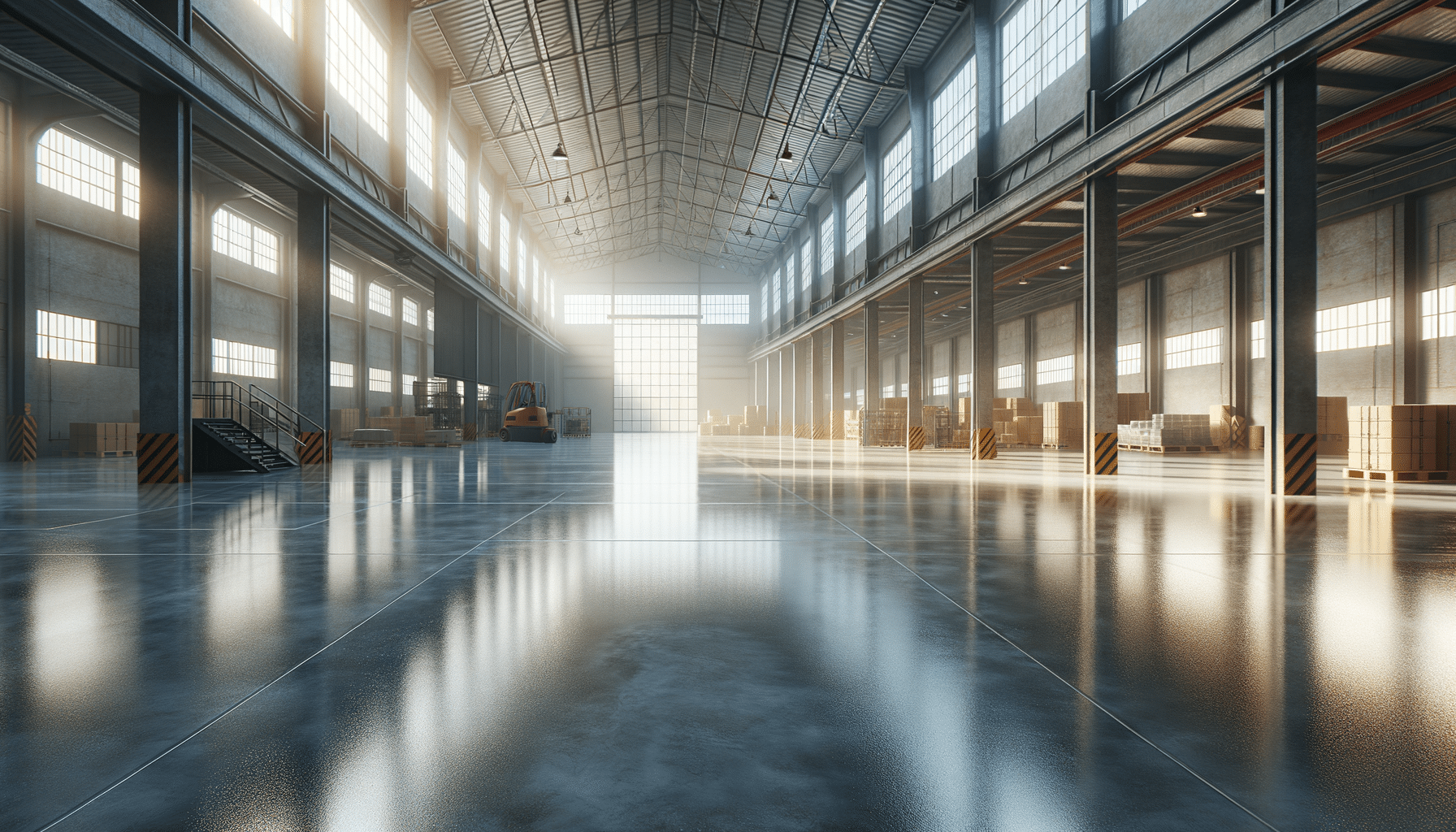
Exploring the World of Greenhouses: A Comprehensive Guide
Introduction to Greenhouses
Greenhouses are an integral part of modern agriculture and horticulture, providing a controlled environment for the cultivation of plants. These structures, often made of glass or plastic, allow for the regulation of temperature, humidity, and light, creating optimal growing conditions regardless of external weather patterns. This makes greenhouses a crucial tool for both amateur gardeners and professional farmers, enabling them to extend growing seasons and improve crop yields.
The importance of greenhouses cannot be overstated in today’s world, where climate change and unpredictable weather patterns pose significant challenges to traditional farming methods. By offering a stable environment, greenhouses help in mitigating these challenges, ensuring a steady supply of fresh produce throughout the year.
Types of Greenhouses
Greenhouses come in various shapes and sizes, each designed to meet specific needs and preferences. Understanding the different types can help you choose the one that best suits your gardening goals.
Some common types of greenhouses include:
- Lean-to Greenhouses: These are attached to an existing structure, making them space-efficient and cost-effective. They share a wall with a building, which can help in maintaining consistent temperatures.
- Freestanding Greenhouses: These are standalone structures that offer more flexibility in terms of size and location. They are ideal for larger gardens or commercial use.
- Hoop Houses: Also known as polytunnels, these are made with a series of hoops covered with plastic. They are affordable and easy to construct, making them popular among small-scale farmers.
- Cold Frames: These are smaller structures used to protect plants from harsh weather. They are typically used for starting seedlings or extending the growing season for certain crops.
Each type of greenhouse has its advantages and limitations, so it’s important to consider factors such as budget, available space, and specific plant requirements when making a decision.
Benefits of Using Greenhouses
Greenhouses offer numerous benefits that make them an attractive option for gardeners and farmers. One of the primary advantages is the ability to extend the growing season. By maintaining a warm and controlled environment, greenhouses allow for the cultivation of plants even during colder months, ensuring a continuous supply of fresh produce.
Additionally, greenhouses provide protection from pests and diseases. The enclosed environment acts as a barrier, reducing the likelihood of infestations and allowing for more targeted pest control measures. This can lead to healthier plants and higher yields.
Moreover, greenhouses allow for the cultivation of a wider variety of plants. By controlling the environment, gardeners can grow exotic or out-of-season crops that would otherwise be impossible to cultivate in their region.
Finally, greenhouses contribute to water conservation. The enclosed environment reduces evaporation, ensuring that water is used more efficiently and effectively.
Challenges and Considerations
While greenhouses offer numerous advantages, they also come with their own set of challenges. One of the primary considerations is the initial cost of construction and setup. Building a greenhouse can be a significant investment, and it’s important to weigh the costs against the potential benefits.
Another challenge is maintaining the ideal environment within the greenhouse. This requires careful monitoring and management of temperature, humidity, and light levels, which can be time-consuming and require specialized equipment.
Additionally, greenhouses can be susceptible to overheating, especially during the summer months. Adequate ventilation and shading are essential to prevent damage to plants and ensure optimal growing conditions.
Finally, while greenhouses reduce the risk of pests and diseases, they are not immune to these threats. Regular monitoring and maintenance are crucial to prevent infestations and ensure the health of the plants.
Conclusion: The Future of Greenhouses
Greenhouses are an invaluable tool in modern agriculture, offering a solution to many of the challenges posed by climate change and unpredictable weather patterns. As technology continues to advance, we can expect to see even more innovative greenhouse designs and features that enhance productivity and sustainability.
For gardeners and farmers, investing in a greenhouse can lead to improved yields, a wider variety of crops, and a more reliable food supply. As we look to the future, greenhouses will undoubtedly play a crucial role in ensuring food security and promoting sustainable agricultural practices.
Whether you’re a hobbyist looking to grow your own produce or a commercial farmer seeking to maximize yields, greenhouses offer a promising pathway to achieving your goals.


